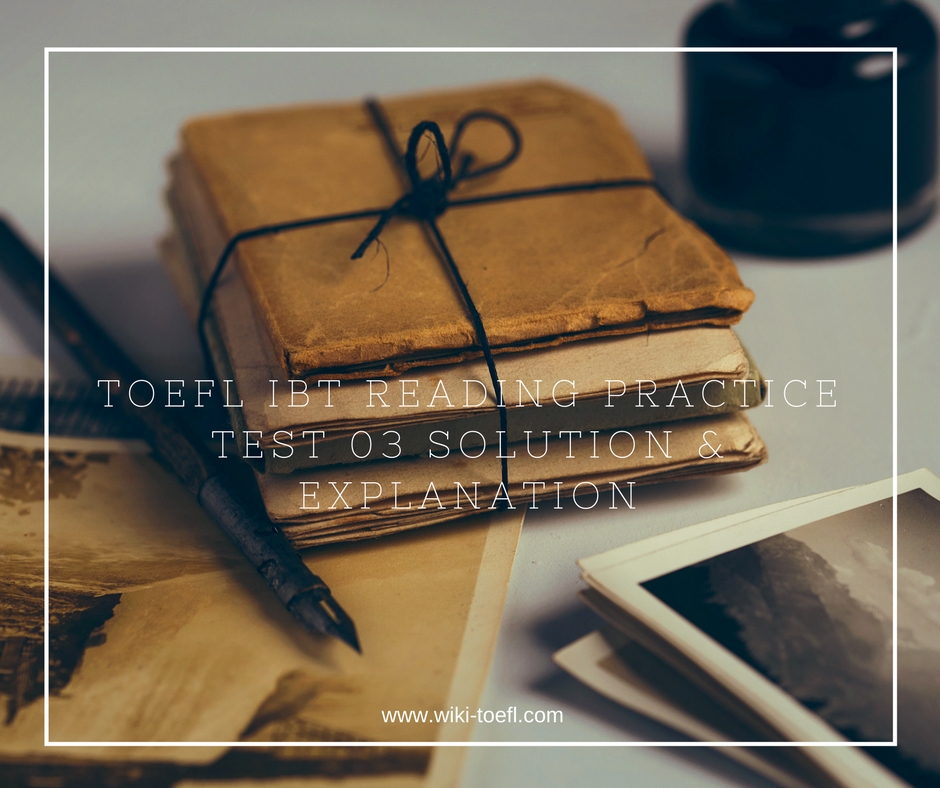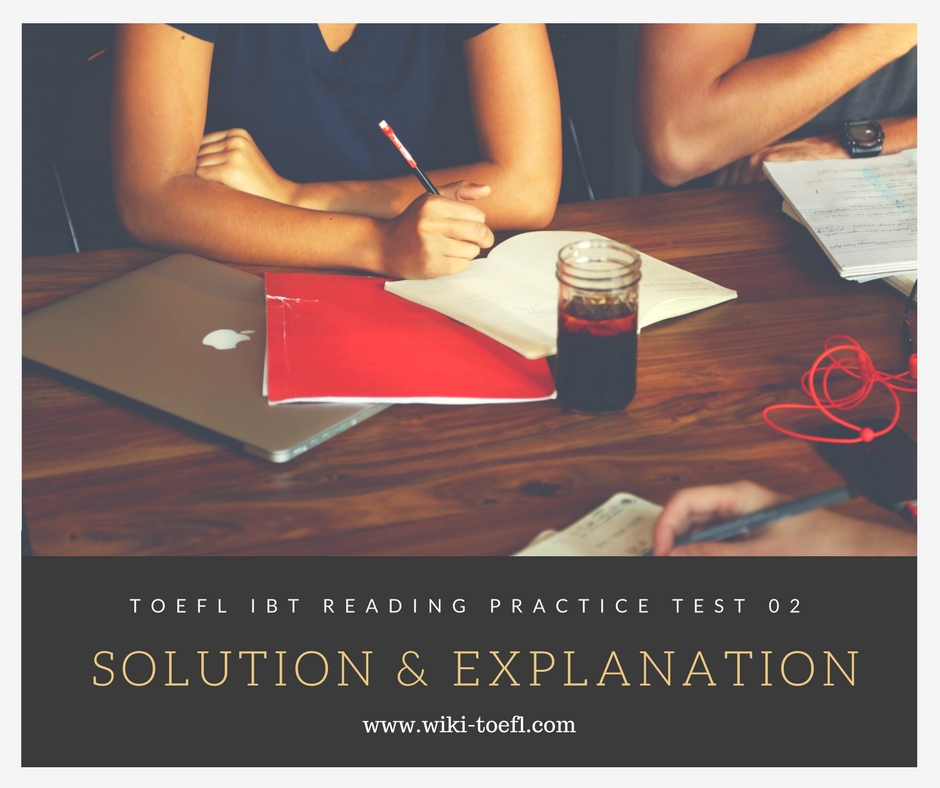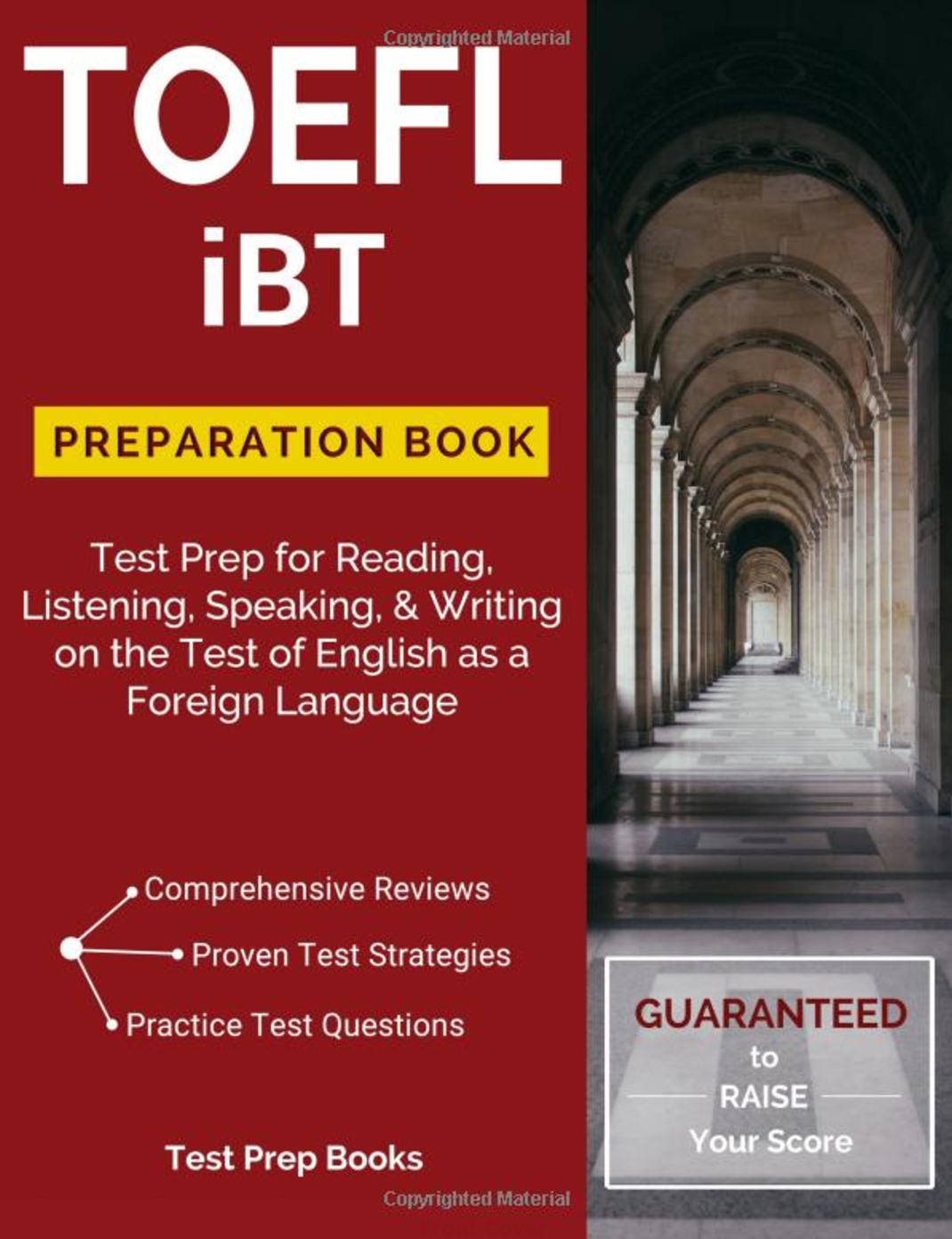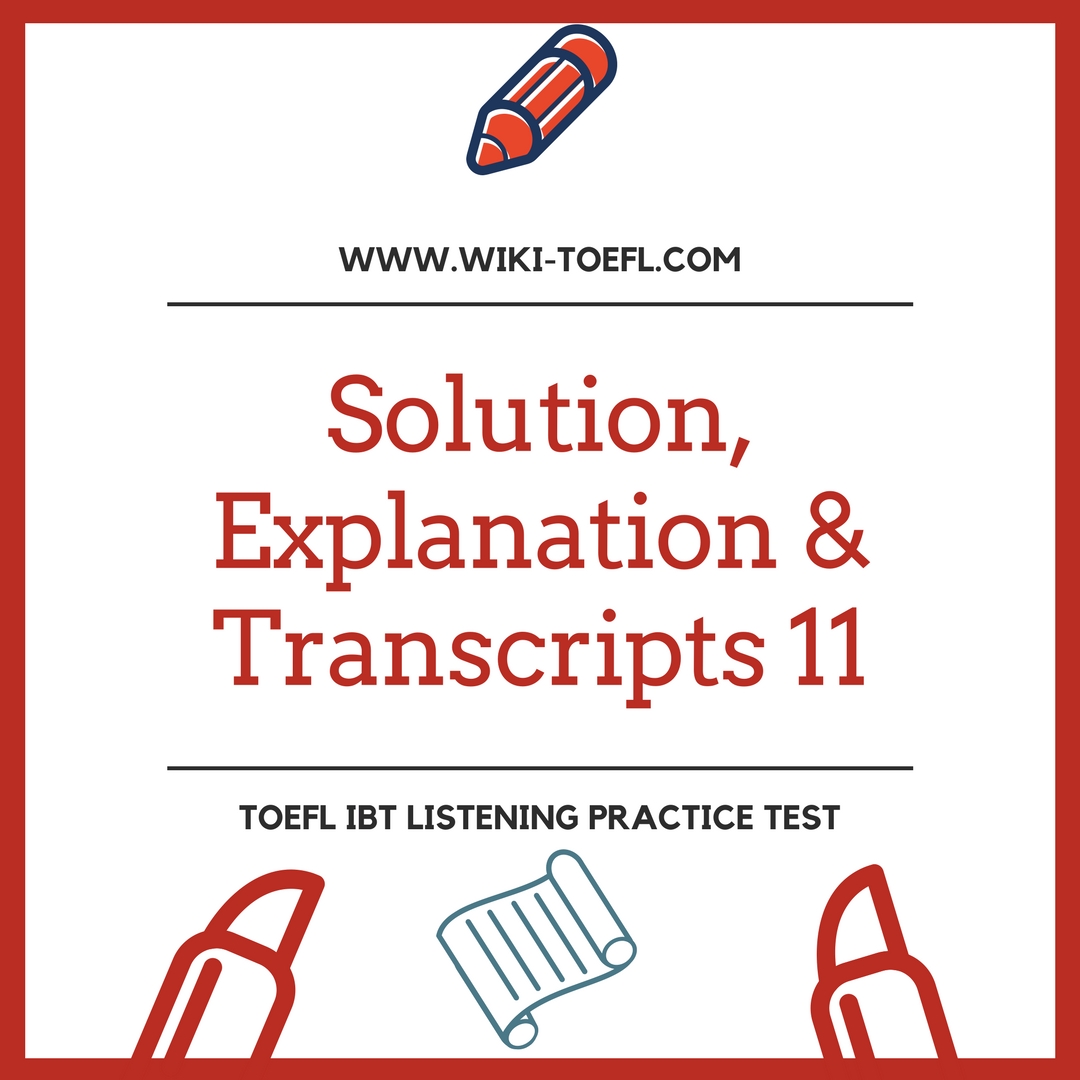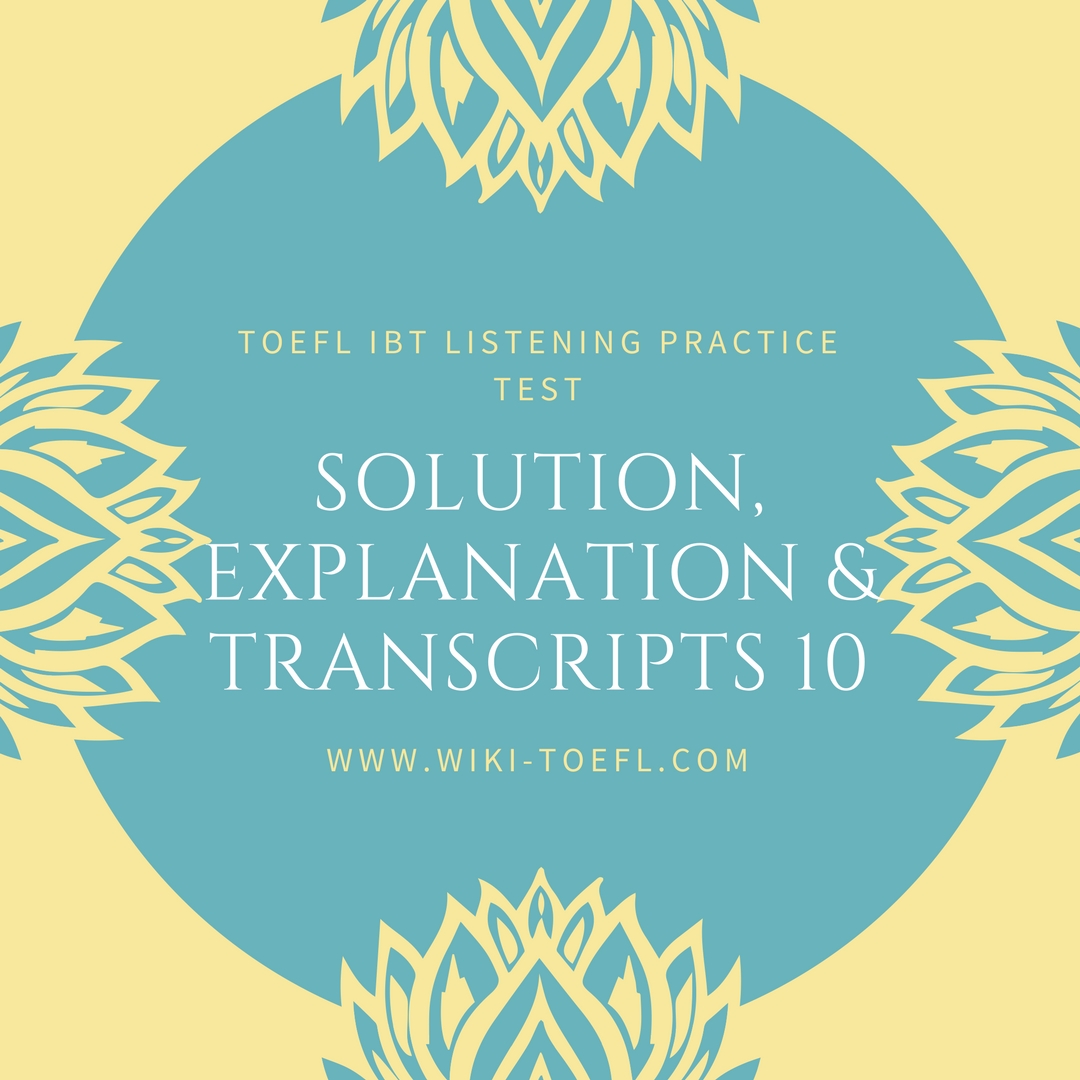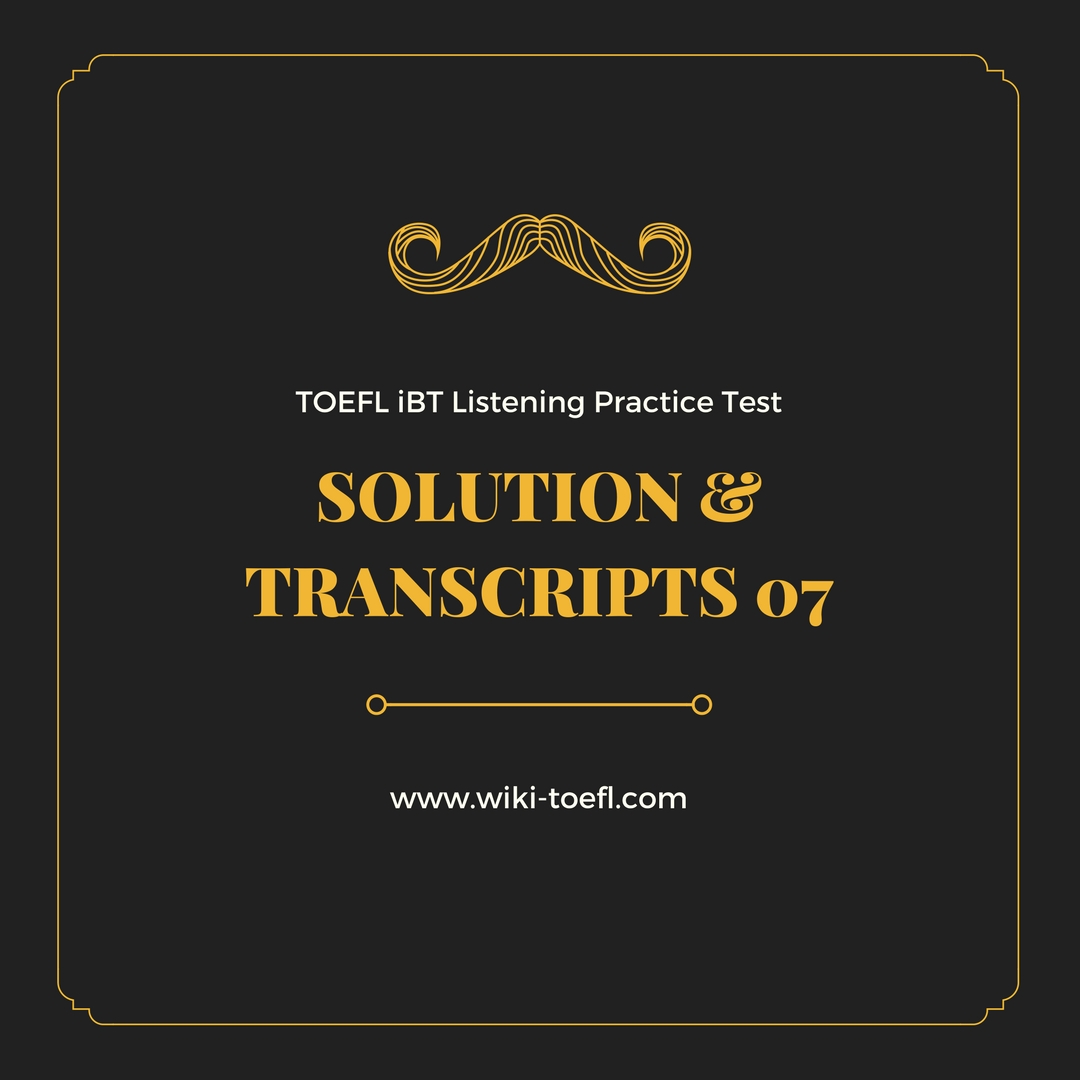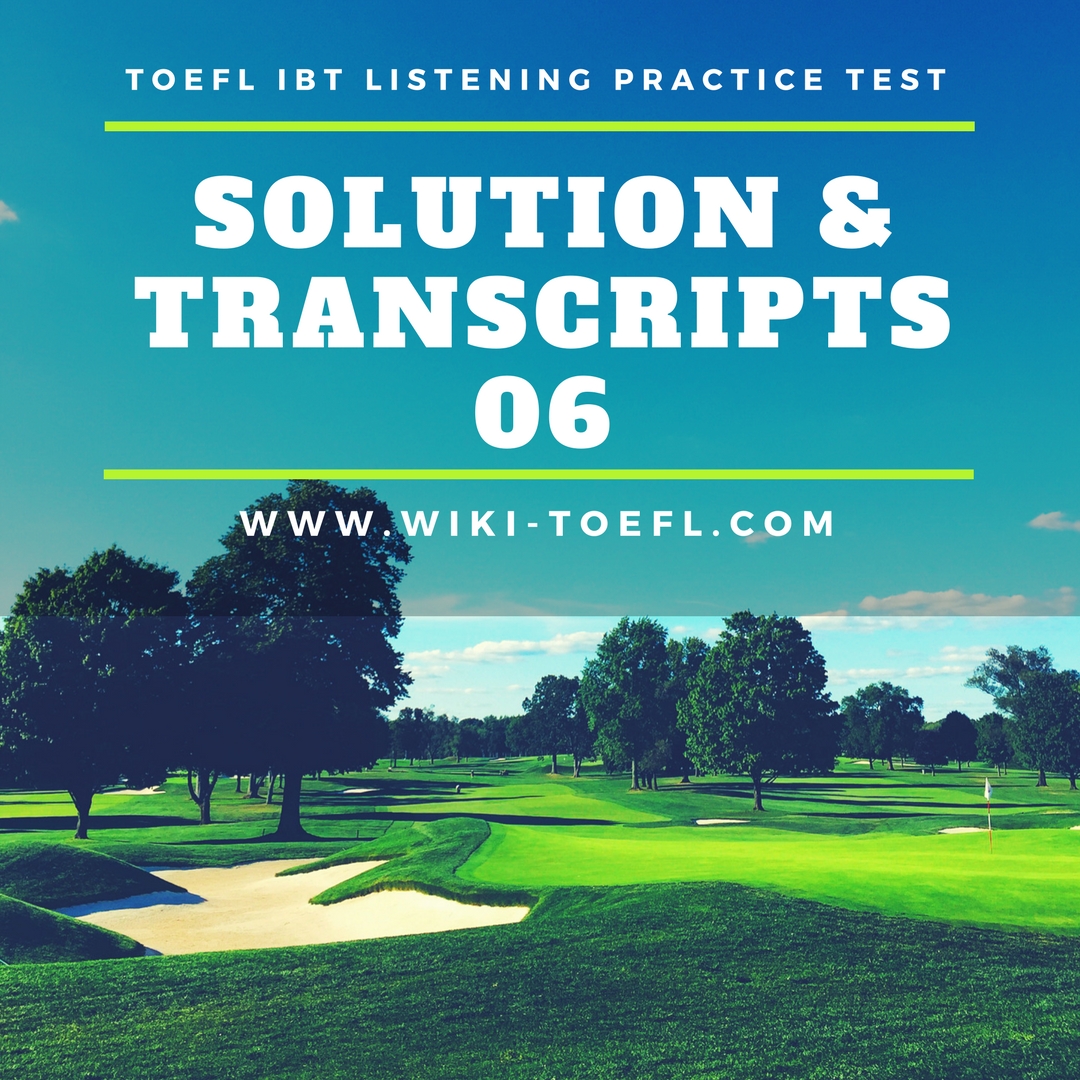KEY for Reading Passage 2
14. Vocabulary | (B)
Q. The word external in the passage is closest in meaning to
Why? independent can replace external in this context. See Clue 14(B)[lines 6-12]
• external adj. relating to the outside of something
• independent adj. existing on its own
15. Factual Information | (D)
Q. According to paragraph 1, what is pollination?
Why? **See Clue 15(D)[lines 4-6]
► This process is called pollination, a reference to the pollen (the male sex cell) that is carried to the carpel.
16. Sentence Simplification | (B)
Q. Which of the sentences below best expresses the essential information in the highlighted sentence in the passage? Incorrect choices change the meaning in important ways or leave out essential information.
Why? Furthermore, because all the plants in a single-crop field bloom at the same time, dense concentrations of pollinators are needed, // but only for a short amount of time, // while, during the rest of the year, // the field does not offer enough food to support these natural pollinators.
Why Not? (A) Information about when the field does not offer enough food to natural pollinators is left out.
(C) Not mentioned
(D) Incorrect
17. Factual Information | (A)
Q. According to paragraph 4, ‘managed pollinators’ are
Why? ~See Clue 17(A)[lines 54-57]
► ‘Managed pollinators’ is a term ascribed to bees that are cultivated for the specific purpose of agricultural pollination.
Why Not? (B), (C) Not mentioned / (D) Incorrect See lines 57-59
18. Rhetorical Purpose | (D)
Q. In paragraph 5, why does the author mention
Why? •rSee Clue 18(D)[lines 69-75]
19. Vocabulary | (B)
Q. The word susceptible in the passage is closest in meaning to
Why? vulnerable can replace susceptible in this context. **~See Clue 19(B)[lines 77-81]
• susceptible adj. likely to suffer from a particular problem or be affected with a disease
• vulnerable adj. liable to be hurt or damaged
20. Negative Fad | (B)
Q. The passage identifies all of the following as threats to populations of natural pollinators EXCEPT
Why Not? (A) Mentioned in lines 43-46 / (C) Mentioned in lines 82-85 / (D) Mentioned in lines 79-82
21. Vocabulary | (Cl
Q. The word cling in the passage is closest in meaning to
mm Why? stick can replace cling in this context. See Clue 21(C)[lines 98-99]
• cling v. to stick to something
• stick v. to attach to something using a substance, or being attached to a surface
22. Reference | (B)
Q. The word them in the passage refers to
Why? They introduced an electrostatic charge to test plants and then dusted charged pollen grains over them. ~See Clue 22(B)[lines 101-103]
23. Factual Information | (D)
Q. According to paragraph 6, what is the function of a honeybee’s electrostatic charge?
Why? **-See Clue 23(D)]lines 97-99]
► … pollinating insects like bees have an electrostatic charge that causes pollen to cling to their bodies.
Why Not? (A), (B) Not mentioned / (C) Incorrect «-See lines 101-103
24. Insert Text | [C]
Q. Look at the four squares [|] that indicate where the following sentence could be added to the passage.
Why? [A] In the United States agricultural industry, ninety different crops rely on honeybees for pollination, but the crop requiring the most bees is the California almond. [B] In total, this industry uses one million hives—almost half the U.S. population of managed honeybees. [C] Another crop that requires require a number of honeybees large amounts of honeybees is the Maine blueberry, which uses 50,000 hives yearly for the purpose of pollination. Managed pollinators like honeybees are an important alternative to natural pollination, but the main drawback is that managed honeybee populations are susceptible to the same factors—such as harmful pesticides and insect diseases—that have reduced natural pollinator populations. [D]
► ‘this industry’ refers to ‘the California almond.
25. Prose Summary
Q. Directions: An introductory sentence for a brief summary of the passage is provided below. Complete the summary by selecting the THREE answer choices that express the most important ideas in the passage. Some sentences do not belong in the summary because they express ideas that are not presented in the passage or are minor ideas in the passage. This question is worth 2 points.
Why? Pollination takes place when pollen is carried from one part of a plant to another, and this process has occurred naturally for thousands of years.
| Correct Answer Choices | ; Clues in the passage |
| (B) Modem human practices, such as creating single-crop fields, have led to the failure of natural pollination in many cases. | Clue 25(B)[lines 27-33] However, in modern U.S. food production, this method (natural pollination) alone is no longer sufficient to fertilize all the plants involved. This is because current agricultural practices often encourage the seeding of large fields with a single crop, thus reducing the diversity of the land. |
| (C) Farmers throughout the United States employ large concentrations of honeybees to pollinate their fields, a process known as managed pollination. | Clue 25(C)[lines 54-57] “Managed pollinators” is a term ascribed to bees that are cultivated for the specific purpose of agricultural pollination.
[lines 66-69] Fruit and vegetable growers all over the United States contract with beekeepers, hiring the services of honeybees to pollinate their fields. |
| (F) Artificial pollination methods such as electrostatic pollination offer an alternative to the use of insects that are vulnerable to diseases and environmental changes. | Clue 25(F)[lines 78-81] managed honeybee populations are susceptible to the same factors— such as harmful pesticides and insect diseases [lines 91-96] This method (artificial pollination) accomplishes pollination through artificial techniques, eliminating the need for natural or managed pollinators like honeybees. One such technique currently in use is called electrostatic pollination. |
► The whole passage focuses on the three pollination methods and their advantages and disadvantages. And it follows that <{B) Problems in natural pollination — (C) Managed pollination, an alternative to natural pollination — (F) A new alternative, artificial pollination) See on p.297
Why Not? (A) Mentioned in lines 14-16, but minor / (D) Incorrect ~See lines 86-89/(E) Incorrect ~See lines 101-103
KEY for Reading Passage 3
26. Vocabulary | (C)
Q. The word move in the passage is closest in meaning to
Why? touch can replace move in this context. -■See Clue 26(C)[lines 2-5]
• move v. to make someone experience strong emotions
• touch v. to affect someone’s emotions
27. Factual Information | (A)
Q. According to paragraph 1, which of the following is true about the history of acting?
Why? 1 2 See Clue 27(A)[lines 5-7]
Why Not? (BMD) Not mentioned
28. Reference | (C)
Q. The word both in the passage refers to
Why? Though both can trace the history of their professions back to the earliest playwrights and performers, stage and screen actors rely on very different techniques. 3See Clue 28(C)[lines 13-16] the same precision and excitement.
Why Not? (B), (D) Not mentioned
(C) Information that the audience for each performance is new is left out.
29. Factual Information | (B)
Q. According to paragraph 2, what should a play do in order to achieve success?
Why? ~See Clue 29(B)[lines 21-24] k Why Not? (A), (C), (D) Not mentioned
30. Vocabulary | (D)
Q. The word pronounced in the passage is closest in meaning to
Mi Why? obvious can replace pronounced in this context. See Clue 30(D)[lines 26-34]
• pronounced adj. strongly marked or noticeable
obvious adj. easily noticed or understood
31. Inference | (D)
Q. Based on the information in paragraph 3, it can be inferred that the amount of exaggeration a stage actor employs might vary depending on
Why? (D) can be inferred from the information in lines 26-32. ^See Clue 31(D)
Why Not? (AMC) Not supported
32. Sentence Simplification | (A)
Q. Which of the sentences below best expresses the essential information in the highlighted sentence in the passage? Incorrect choices change the meaning in important ways or leave out essential information.
Why? In addition, because the audience for each performance is a new, different set of people, // the ideal stage actor should be able to perform his or her part night after night as if it were the first time…
33. Vocabulary | (D)
Q. The word intimate in the passage is closest in meaning to
Why? personal can replace intimate in this context.
• intimate adj. associated to very private or personal areas
• personal adj. relating to private matters
34. Inference | (B)
Q. According to paragraph 5, what can be inferred about talented screen actors?
Why? (B) can be inferred from the information in lines 68-69. «-See Clue 34(B)
Why Not? (A), <C), (D) Not supported
35. Vocabulary | (B)
Q. The word meal in the passage is closest in meaning to
Why? be good can replace excel in this context. **-See Clue 35(B)[lines 89-93]
• excel v. to do something that is superior to or surpasses others
• be good be able to do something well
36. Inference | (B)
Q. From paragraph 4 and paragraph 6, what can be inferred to be the similarity between stage and screen actors?
Why? (B) can be inferred from the information in lines 84-87. **See Clue 36(B)
Why Not? (A) Incorrect «-See lines 89-931 (C) Not supported / (D) Incorrect **~See lines 47-49
37. Insert Text | [B]
Q. Look at the four squares [■] that indicate where the following sentence could be added to the passage.
Why? [A] The most fundamental element of any performance is the audience. [B] The onlookers are the ones for whom the story is told and therefore are the ones who determine how the story is told.
For instance, the audience of a play is made up of people who are physically present in the vicinity of the stage. [C]
► “The onlookers” in the given sentence refers to “the audience” and it is specified to “the audience of a play” in the following sentence beginning with For instance.
38. Schematic Table
Q. Directions: Complete the table by matching the phrases below.
Select the appropriate phrases from the answer choices and match them to the type of acting to which they relate. TWO of the answer choices will NOT be used. This question is worth 4 points.
Why?
| Correct Answer Choices | Clues in the passage | |
| (B) Relies largely on actors’ voices to convey important details | Clue 38(B)[lines 41-43] actor should be able to transmit those normally visible features of a character through his or her voice | |
| Stage Acting | (C) Requires that actors consistently recall their lines correctly | Clue 38(C)[lines 47-49] During a show, actors must deliver their lines correctly on the first attempt |
| (D) Reflects most closely the performance styles of long ago | Clue 38(D)[lines 9-7] For nearly all of this time, plays acted out live onstage were the dominant format. | |
| (F) Demands that actors more explicitly display their characters’ emotions | Clue 38(F)[lines 32-34] Their physical gestures and facial expressions should be more pronounced than in real life. | |
| (A) Attempts to capture lifelike moments | Clue 38(A)[lines 76-78] screen actors can more closely approximate the feelings and situations of real life through their performances | |
| Screen Acting | <H) Offers actors the chance to redo scenes | Clue 38(H)[lines 81-84] screen actors enjoy the luxury of being able to perform a scene over and over again until they get it exactly right |
| (1) Relies on technology to transmit subtleties | Clue 38( 1 Klines 69-73] Small details in facial expression or tone of voice are captured by the camera and microphon |
Why Not? (E) Not mentioned / (G) Incorrect –See lines 65-67
Reading Passage 1
1. (A) 2. (B) 3. (B) 4. (A) 5. (D) 6. (D) 7. (B) 8. (C) 9. (D) 10. (C) 11. (C) 12. (D) 13. (B, C, E)
1. Factual Information | (A)
Q. In paragraph 1, the author describes the study of the cell as
Why? ^See Clue 1(A)[lines 13-16] ___ The knowledge of cells that scientists enjoy today is the result of an accumulation of many individual discoveries and achievements.
Why Not? (B)-(D) Not mentioned
2. Vocabulary | (C)
Q. The word undetected in the passage is closest in meaning to
Why? unseen can replace undetected in this context. **See Clue 2(C)[lines 17-19]
undetected adj. not perceived or discerned | • unseen adj. not seen or perceived
3. Sentence Simplification | (B)
Q. Which of the sentences below best expresses the essential information in the highlighted sentence in the passage? Incorrect choices change the meaning in important ways or leave out essential information.
Why? Thus, one very important occurrence in the history of the understanding of the cell // took place in 1595 with the invention of the first compound microscope—that is, the first microscope to make use of more of the first multiple-lens microscope was than one lens in its magnification process.
Why Not? (A) Not supported
(C), (D) Information that the invention of the compound microscope played an important role in cell research history is left out.
4. Vocabulary | (A)
Q. The word slivers in the passage is closest in meaning to
Why? slices can replace slivers in this context. **-See Clue 4(A)[lines 35-38]
sliver n. small, often sharp portion that has been cut or broken off something
slice n. thin, flat piece cut from a larger whole
5. Reference | (D)
Q. The word it in the passage refers to
Why? … a lack of advancement in microscope designs made it impossible for more in-depth research on the cell to be conducted. In the 1800s, however, it began again at a remarkable pace. ~See Clue 5(D)[lines 47-51]
6. Rhetorical Purpose | (D)
Q. In paragraph 4, the author introduces the Cell Theory by
Why? The Cell Theory formulated by Schwann is introduced after discussing Brown’s nucleus discovery and Schleiden and Schwann’s research. <*See Clue 6(D)[lines 58-66]
7. Vocabulary | (B)
Q. The word formulated in the passage is closest in meaning to
Why? developed can replace formulated in this context. —See Clue 7(B)[lines 66-67]
• formulate v. to develop an idea, or a plan
• develop v. to elaborate or expand in detail
8. Factual Information | (C)
Q. According to the passage, the person who first determined what lies at the center of a plant’s cell was
Why? -See Clue 8<C)[lines 58-60]
9. Factual Information | (D)
Q. According to paragraph 5, how did Rudolf Virchow change the original Cell Theory?
Why? —See Clue 9(D][lines 79-82]
Why Not? (AHC) Not mentioned
10. Vocabulary | (C)
Q. The word asserting in the passage is closest in meaning to
Why? declaring can replace asserting in this context. —See Clue 10(C)[lines 79-82]
• assert v. to state something firmly
• declare v. to state officially about a particular situation existing
11. Rhetorical Purpose | (C)
Q. Why does the author mention in paragraph 6?
Why? Science and medicine are mentioned to show that there will be innovations in these fields owing to cellular research. —See Clue 1 C [lines 93-96]
12. Insert Text | Q
Q. Look at the four squares [|] that indicate where the following sentence could be added to the passage.
Why? [B] These were in fact the walls of dead cells, since cork comes from dead plant material. [C] Hooke decided to call these chambers ‘cells” because they reminded him of the small monastery cells that monks lived in. [D] Now, with concrete evidence of its existence, the study off the cell had begun. For more than a century after Hooke’s discovery, a lack of advancement in microscope designs made it impossible for more in-depth research on the cell to be conducted.
► “concrete evidence of its existence’ in the given sentence refers to the discovery of the cell and its naming in the preceding sentences.
13. Prose Summary
Q. Directions: An introductory sentence for a brief summary of the passage is provided below. Complete the summary by selecting the THREE answer choices that express the most important ideas in the passage. Some sentences do not belong in the summary because they express ideas that are not presented in the passage or are minor ideas in the passage. This question is worth 2 points.
Why? It took centuries of scientific thought and research to achieve the understanding of the cell that is shared by scientists today.
| Correct Answer Choices Clues in the passage | |
| (B) Using a newly introduced microscope to look at cork samples, Robert Hooke was able for the first time to observe the presence of cells. | Clue 13(B)[lines 33-38] It was such a device that allowed English scientist Robert Hooke in 1663 to become the first known human to observe a cell. He cut some thin slivers of cork … and viewed them under the microscope. |
| (C) In the early 1800s, cytoplasm and nuclei were both discovered to be important components of plant cells, and the first Cell Theory was introduced. | Clue 13(C)[lines 51-60] During the early part of the century,… Living plant cells, as opposed to those of Hooke’s cork samples, were found to contain a variety of smaller elements surrounded by a liquid mixture termed “cytoplasm.” In 1833, the naturalist Robert Brown discovered the nucleus, or central structure, of plant cells.
[lines 66-67] Schwann subsequently formulated what became known as the Cell Theory. |
| (E) The Cell Theory was soon revised to include new information about cellular reproduction and became the foundation of modern cellular study. | Clue 13(E)[lines 79-82] Rudolf Virchow corrected this misunderstanding, asserting that cells reproduce by dividing and that they can only be created by other cells.
[lines 84-86] formalizing the version of the Cell Theory that has remained mostly unchanged to this day |
► The whole passage focuses on the history of cell study. And it follows that <(B) Robert Hooke’s first discovery of cells and its background —• (C) Development of cell study and the establishment of the Cell Theory — (E) Revision of the Cell Theory and its status) -»-See < Graphic Organizer> on p.291
Why Not? (A) Mentioned in lines 19-27, but minor / (D) Incorrect –See lines 70-74/ (F) Mentioned in lines 87-90, but minor..


